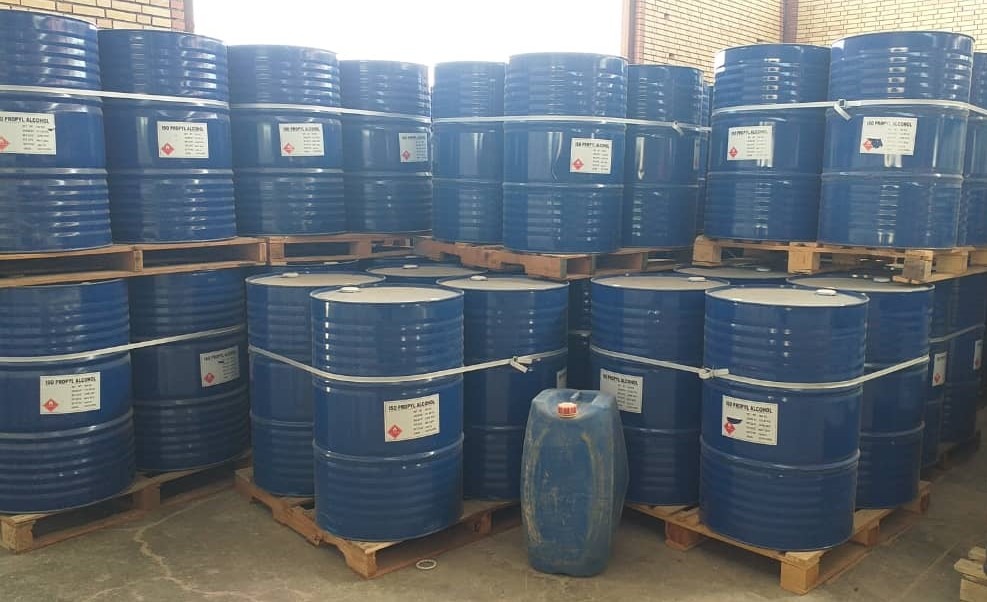1. Definition and Key Properties
“Heavy hydrocarbon” is a commercial classification for mid-distillate refinery products derived from crude oil. These compounds can result from various processes, including blending, fractionation, and sweetening, to meet specific technical specifications.
Key physicochemical properties include:
-
Density: > 810 kg/m³
-
Flash Point: 50–55 °C
-
Molecular Structure: Characterized by large molecules, low volatility, and reduced flammability compared to lighter petroleum fractions.
2. Primary Applications
Heavy hydrocarbons are predominantly used as fuel, accounting for a significant portion of consumed petroleum products. Their main applications are:
-
Industrial & Marine Fuel: Used in boilers, furnaces, ship engines (bunker fuel), and heavy trucks.
-
Power Generation: Serves as a backup fuel for power plants during peak demand or natural gas shortages.
-
Alternative Heating Fuel: Employed in domestic burners and for heating in areas without natural gas infrastructure (e.g., greenhouses).
-
Feedstock: A smaller portion is used in producing plastics, lubricants, and other petrochemical products.
Despite their utility, these fuels are more expensive and produce higher emissions than natural gas.
3. Disadvantages and Associated Risks
The use of heavy hydrocarbons presents significant health, safety, and environmental challenges.
Health and Safety Hazards:
-
Skin Contact: Causes severe irritation, itching, and defatting.
-
Inhalation: Vapors can reduce central nervous system function, leading to dizziness and loss of consciousness.
-
Ingestion: Results in burning sensations in the mouth and throat, abdominal irritation, nausea, and vomiting.
-
Flammability: Presents a high fire and explosion risk when vapors mix with air.
Environmental Impact:
As a fossil fuel, heavy hydrocarbon use contributes substantially to:
-
Climate Change: It is a major source of greenhouse gases (CO₂, CH₄), accelerating global warming.
-
Air Pollution: Combustion releases sulfur dioxide (SO₂), contributing to acid rain, and high levels of particulate matter (soot).
-
Resource Depletion: It relies on finite geological reserves that take millions of years to form.
-
Comparative Impact: Diesel fuel, a key derivative, typically emits more CO₂ and air pollutants per unit than gasoline.
4. Corporate Responsibility: Atlas Exirsazan
In the face of growing global energy demand, Atlas Exirsazan Company is committed to responsible production. The company integrates stringent environmental principles into its operations—including comprehensive waste, wastewater, and pollution control management—to minimize its ecological footprint. While producing high-quality, export-grade products, Atlas Exirsazan has been consistently recognized as an industry leader for its commitment to environmental stewardship, sustainable production, and export excellence.





